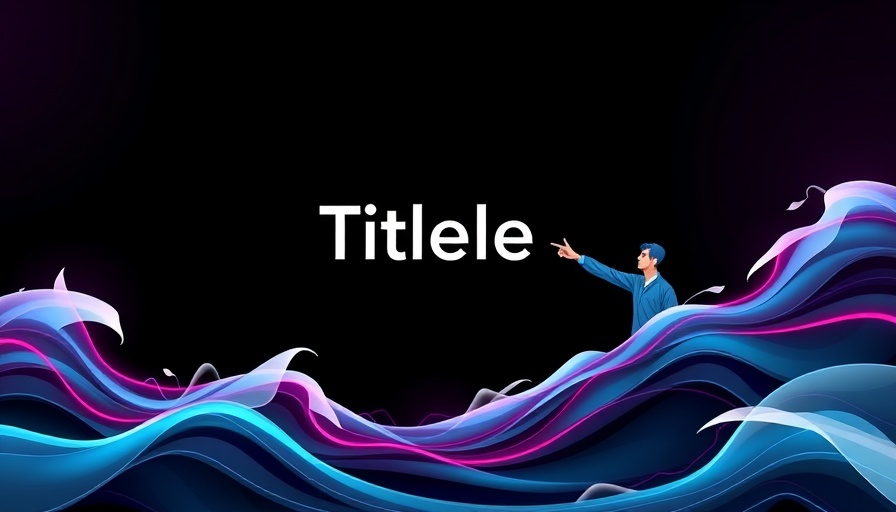
Taiwan’s Strategic Move Against Chinese Tech Giants
Recent developments have once again illuminated the geopolitical landscape surrounding technological advancements. Taiwan has revealed its latest export controls targeting two major Chinese firms: Huawei and SMIC. This policy, enacted by Taiwan’s International Trade Administration, places both companies on an updated list designated for entities considered strategic high-tech commodities. Henceforth, any business dealings involving exports to these firms will necessitate approval from the Taiwanese government.
Implications for AI Chip Development
Experts indicate that these export restrictions could significantly hinder Huawei and SMIC’s capabilities in creating advanced AI chips. Taiwan is home to some of the most sophisticated semiconductor manufacturing technologies crucial for building cutting-edge AI systems. By restricting access to these resources, Taiwan aims to address national security concerns while potentially stalling China’s aggressive aspirations in the semiconductor and AI industries.
Broader Context: Global Semiconductor Supply Chain
The move is part of a broader series of actions targeting Chinese firms that have raised alarms regarding arms proliferation and national security issues. The inclusion of 601 entities from various countries—including Russia, Iran, and Myanmar—on this list underscores Taiwan’s commitment to maintaining a level of control over its technological exports. As international tensions escalate, the semiconductor supply chain is increasingly viewed as a strategic asset pivotal to national security and economic competitiveness.
The Future of Tech: Heightened Tensions and Innovations
As nations grapple with the complexities of technology and its implications for security, the future of tech industries remains unpredictable. This export control measure could serve as a catalyst for innovation elsewhere, as companies seek alternatives or develop their technologies independently. The ripple effects may usher in new avenues for emerging tech trends, as nations pivot to secure their technological sovereignty in the face of global competition.
Final Thoughts: Navigating a Changing Landscape
Understanding the strategic developments within the tech sector is crucial for tech enthusiasts and professionals alike. As we head deeper into 2025, the intricate dance between innovation and regulation will become ever more vital in shaping the future of technologies like AI and robotics. Keeping an eye on these patterns will empower individuals to navigate and harness forthcoming tech breakthroughs responsibly and strategically.
 Add Row
Add Row  Add
Add 




Write A Comment